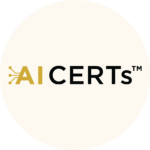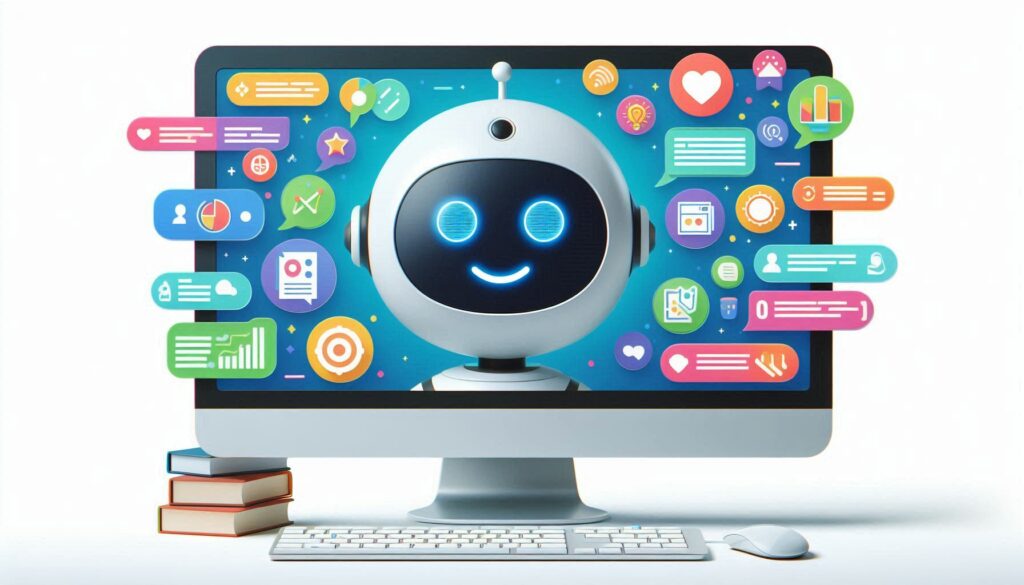
AI CERTS
7 months ago
OpenAI Unveils Canvas: A Revolutionary Tool for Code and Document Collaboration
On October 5, 2024, OpenAI announced the launch of Canvas, an innovative interface for ChatGPT designed to significantly enhance collaboration on writing and coding projects. This new feature allows users to view working documents or programming code in a separate window alongside their AI chat history, promoting a more streamlined and effective workflow. With Canvas, OpenAI is setting the stage for a new era of AI-assisted productivity that resembles Anthropic's earlier Artifacts feature, introduced in June.

Transforming Collaboration with Side-by-Side Editing
Canvas provides a side-by-side editing experience, allowing users to keep their drafts and code visible while collaborating with the AI assistant. This feature aims to reduce confusion and improve focus by separating active content from chat history. With Canvas, users can easily refer back to their ongoing projects, making adjustments and revisions in real-time without losing track of their discussions with the AI.
The rollout of Canvas began on Thursday, with availability for ChatGPT Plus and Team users globally. Enterprise and Education users will gain access next week, with plans to extend this feature to free ChatGPT users once it exits the beta stage.
Streamlined Code Translation and Editing
One of the standout features of Canvas is its ability to facilitate seamless code translation. Users can easily convert code snippets between programming languages with just a few clicks. For instance, if a developer is working with JavaScript, they can quickly port the code to PHP, TypeScript, Python, C++, or Java. This functionality addresses a common pain point for developers who need to adapt their work for different programming environments, allowing for greater flexibility and efficiency in their projects.
In addition to code translation, Canvas features a menu of shortcuts for common tasks. Users can finalize documents, suggest edits, and customize writing complexity using sliders. This includes adjusting the writing length (from short to long) and varying topical complexity (from “kindergarten” to “graduate school” level). These intuitive tools are designed to cater to a wide range of user needs, making it easier for both novice and experienced users to leverage the AI’s capabilities effectively.
Enhanced Collaboration and Feedback Mechanisms
Canvas elevates the collaboration experience further by allowing users to highlight specific sections of text or code, directing ChatGPT's focus to those areas for inline feedback and suggestions. This feature transforms the AI into a virtual copy editor or code reviewer, providing real-time insights while considering the entire project context. This level of interaction enhances the collaborative dynamic, as users can work through edits and refinements more fluidly.
Furthermore, Canvas includes a version control capability, allowing users to restore previous versions of a working document easily. This back button feature within the Canvas interface provides peace of mind for users, knowing they can revert to earlier drafts if needed. It promotes a safe working environment where experimentation and revisions are encouraged without the fear of permanently losing work.
The Technology Behind Canvas
OpenAI's research team has incorporated a specialized version of GPT-4o to power Canvas, embedding new core behaviors that enhance the model's functionality. This includes the ability to trigger the canvas for appropriate tasks, generate specific content types, and perform targeted edits.
One of the key challenges faced during development was defining the exact moments when to activate Canvas. For example, the model is trained to recognize when to open a canvas for prompts like "Write a blog post about the history of coffee beans," while avoiding activation for general queries, such as "Help me cook a new recipe for dinner."
Moreover, the team had to fine-tune the model’s editing behavior to balance between targeted edits when users specifically select text and broader rewrites when the context requires it. This careful calibration aims to ensure users receive the most relevant and useful feedback.
A Major Update for ChatGPT
Canvas represents the first significant update to ChatGPT's visual interface since its launch two years ago. OpenAI's commitment to enhancing user experience through feedback and iterative improvements is evident in this new offering. The company has stated that they plan to refine Canvas's capabilities based on user input over time, ensuring that it remains responsive to the evolving needs of its user base.
Conclusion: A New Era of AI-Assisted Collaboration
OpenAI's Canvas is poised to revolutionize how users interact with ChatGPT for writing and coding projects. By merging advanced AI functionalities with an intuitive interface, Canvas aims to improve collaboration and efficiency for users across various fields. As this feature continues to develop, it may set new standards for AI-assisted productivity tools, making it an indispensable resource for writers, developers, and professionals alike.
For more information and to start using Canvas, visit OpenAI’s official website. This innovative feature promises to reshape the landscape of collaborative work, enabling users to harness the full potential of AI in their projects.
Source: OpenAI’s Canvas can translate code between languages with a click